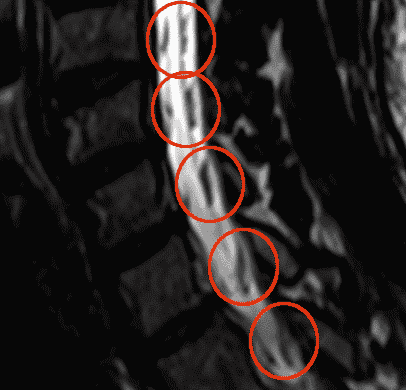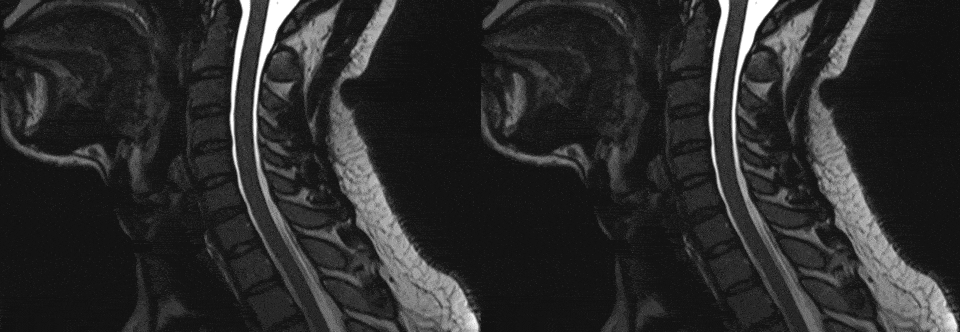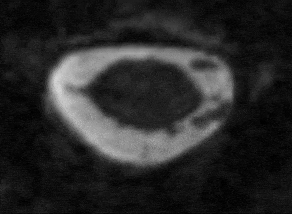With a 3D Nerve root MRI at ARISTRA, we could help a patient determine the exact location of his sustained injuries. Find out how PD Dr. med. Daniel Truhn managed to help with this vital step on the patient's way to recovery.
The patient was referred to us after having suffered severe injuries in a traffic accident. Movement in the right arm was mostly lost. To determine how to progress with the treatment, it was of utmost importance to determine the exact site of the injury (
www.thenerve.net/journal/view.php?number=90):
- If the injury is postganglionic (i.e. if the nerve is ruptured after having passed the first “relay station” close to the spinal cord), nerve grafting is possible which is considered the best surgical option and which in principle allows for full restoration of the function.
- If the injury is preganglionic (i.e. in the early course of the nerve close to the spinal cord), nerve grafting is not an option. Some surgical options remain, but the outcome is usually worse.
The patient had initially undergone an MRI examination at a major university hospital in Germany, but the exact site of the injury could not be determined due to insufficient image quality.
We worked together with imaging specialists to optimize image quality for the examination.





